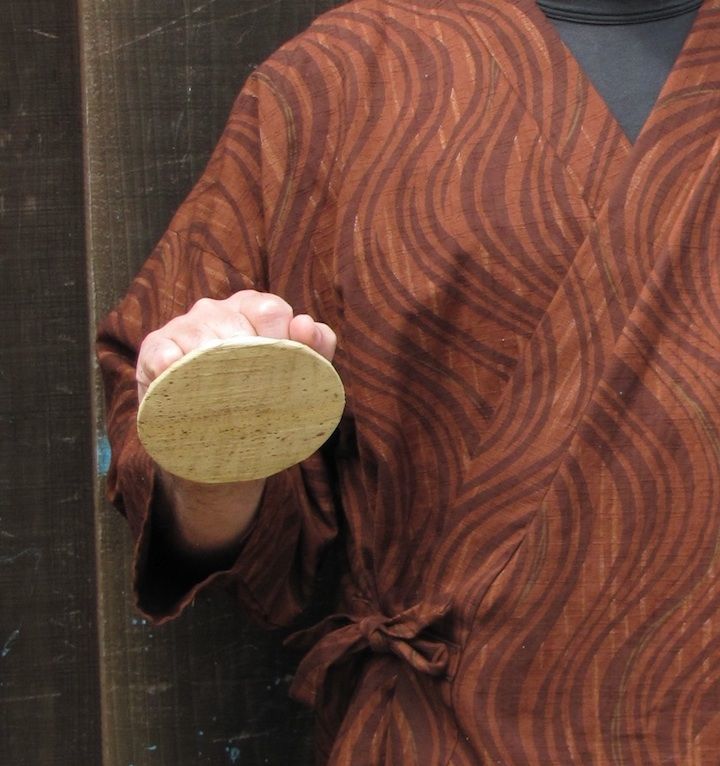

Then the woodblock is inked and impressed on the paper. The artist carefully carves the wood with razor-sharp printmaking tools until the first pass is ready. A reduction print is made in several discrete steps using a single block of wood (or other printmaking material). Most contemporary Moku Hanga style prints created by Western artists concentrate on traditional Japanese themes, such as landscapes, animals or nature scenes. Moku Hanga is the Japanese term for woodblock printmaking. Since then she has become accomplished at Moku Hanga style reduction prints. Andrea Starkey is a self-taught artist from Dayton, Ohio who took up printmaking in 2008. By the time you frame it, this work will be impressively large, perfect for hanging over the living room couch or the fireplace mantle. This contemporary landscape woodblock print measures 21 inches (53.3 cm) wide by 10 inches (25.4 cm) tall, with an additional one inch (2.5 cm) wide border around the entire work.

This captivating limited edition winter landscape woodblock print was made in March 2015 by the artist Andrea Starkey and is titled "Snow Day". "The print form I work with is a traditional Japanese method of printmaking, which was originally primarily associated with the Edo Period (1615 – 1867) in Japan.Limited Edition Landscape Woodblock Print Titled "Snow Day" A woodblock print was at that time a product of a co-operation between individual craftsmen, with individual styles and qualities: the artist, or print designer several craftsmen (copyist, block cutter, and printer) and the publisher. Generally blocks were cut from maple, sycamore or cherry, the paper made from the fibre of the mulberry tree, and were produced in large numbers in a few recognised popular formats, with traditional themes such as festivals, geishas and flowers, and often as triptychs. These prints, known as ukiyo-e (‘prints from the floating world’), were hugely popular with the growing urban population of Edo (present day Tokyo – even then a vast city), and very large print editions were often issued (up to 20,000 impressions of Hiroshige’s Tokaido series, for example). As such it was an early form of mass produced images. With the introduction of moder printing methods, mokuhanga almost disappeared as an art form.
#Examples of moku hanga registration
The methods I use to carve a block and print it are very similar to the original way of working: I use Japanese tools (brushes, barens, blocks, chisels), the kento registration system, and Japanese handmade papers. I handprint with a baren, and use water based pigments. I am experimenting with making my own natural pigments. The wood I use for my blocks tends to be lime, but I also like to use different woods like Japanese ply and pine.Įach picture is usually made with more than one block, each one carved for each colour, and often overprinted with slightly different colours, tones or hues, and perhaps using a special inking up or printing technique, eg. bokashi, which results in graduated colours. I ink up the blocks using special brushes, and print the blocks, a process which is done by hand using dampened paper and a baren (a pressure pad faced with a bamboo sheath, which is rubbed on the back of the paper as it lies on the printing block, in order to fix the impression on the paper). The kento marks (the registration system unique to moku-hanga) on the corners of the block itself hold the paper in position. Multiple impressions align correctly when the paper is placed in the correct position on the kento marks. Layers of colour can be built up to create an intense and luminous quality to the print. The pigment is taken into the body of the paper in a particular way, due to the unique qualities of Japanese paper and the fact it is printed while damp.Įach print is an original, editioned print. Because of the handprinted nature of the method, there can be variation across the edition.

The technique is low tech, safe, clean and accessible. The materials are nontoxic, natural, inexpensive and readily available, making this an ideal printing technique for home and studio.


 0 kommentar(er)
0 kommentar(er)
